The Manufacturing Process Behind WPC Fence Panels for Residential Use
Dive into the detailed manufacturing process of WPC fence panels at residential factories. Understand the steps from raw materials to finished products, and the quality control measures in place.
The Manufacturing Process Behind WPC Fence Panels for Residential Use
Introduction to WPC Fence Panels
Wood-Plastic Composite (WPC) fence panels are increasingly popular in residential settings due to their durability, low maintenance requirements, and environmental benefits. These panels are made from a blend of wood fibers and thermoplastic resins, which are extruded into durable boards. This article will explore the step-by-step process of producing WPC fence panels in residential factories, covering material sourcing, production techniques, quality assurance, and the environmental advantages of choosing WPC over traditional wood.
Material Sourcing for WPC Fence Panels
The first step in manufacturing WPC fence panels is sourcing the raw materials. Wood fibers can come from recycled wood waste or sawdust, while thermoplastic resins are often sourced from recycled plastics like polyethylene (PE), polypropylene (PP), or polyvinyl chloride (PVC). The selection of these materials is crucial for ensuring the final product’s durability and environmental impact. For instance, using recycled plastics reduces landfill waste and conserves resources.
Production Techniques for WPC Fence Panels
The production process begins with blending the wood fibers and thermoplastics in precise ratios. This mixture is then fed into an extruder where it is heated, mixed, and forced through a die to form the desired profile. The extrusion process ensures uniformity in thickness and density, critical for consistent performance. After exiting the extruder, the WPC material is cooled and cut into the appropriate lengths for fence panels. Advanced machinery is used throughout this process to ensure precision and efficiency.
Quality Assurance in WPC Fence Panel Production
Quality control is a vital aspect of WPC fence panel production. Panels undergo rigorous testing for strength, flexibility, and resistance to weathering and pests. Inspections are conducted at various stages, including raw material inspection, in-process checks, and final product testing. Certifications such as ISO 9001 for quality management systems help ensure that every panel meets high standards before being shipped to customers.
Environmental Benefits of WPC Over Traditional Wood
Choosing WPC fence panels offers significant environmental benefits compared to traditional wood. Unlike wood, WPC does not require painting or staining, reducing the use of harmful chemicals. Additionally, the use of recycled materials in WPC production helps reduce reliance on virgin resources. Furthermore, WPC is highly resistant to rot, insects, and moisture, extending its lifespan and reducing the need for frequent replacements. This longevity contributes to a lower overall environmental footprint.
Conclusion: Embracing Sustainable Solutions
WPC fence panels represent a sustainable alternative to traditional wood, offering both practical and environmental advantages. From meticulous material sourcing to stringent quality assurance processes, manufacturers ensure that each panel meets high standards of performance and sustainability. By opting for WPC, homeowners can enjoy durable, low-maintenance fencing while contributing to a more sustainable future.
Reference
ISO 9001 Quality Management Systems
Baoding Plastroy WPC Products
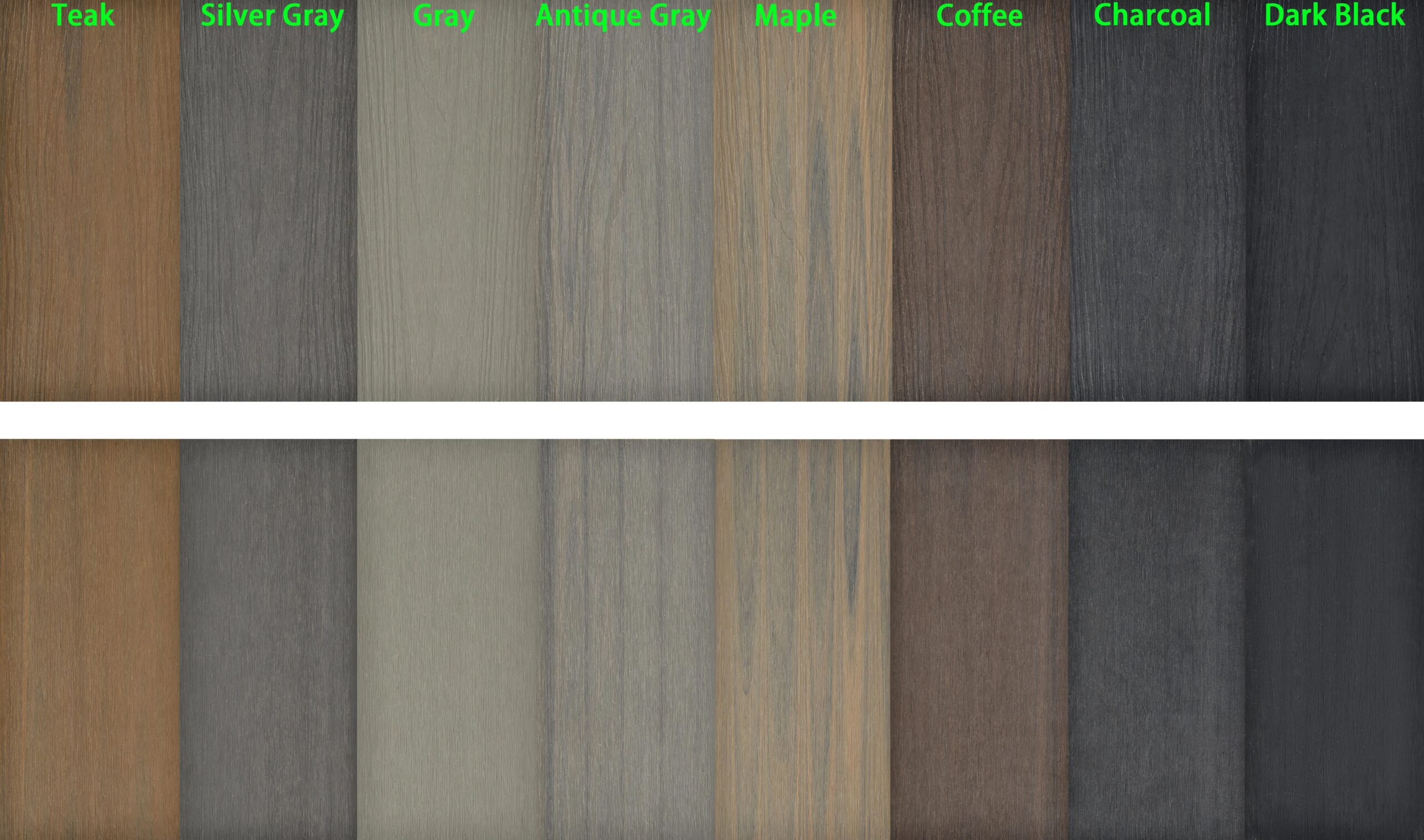
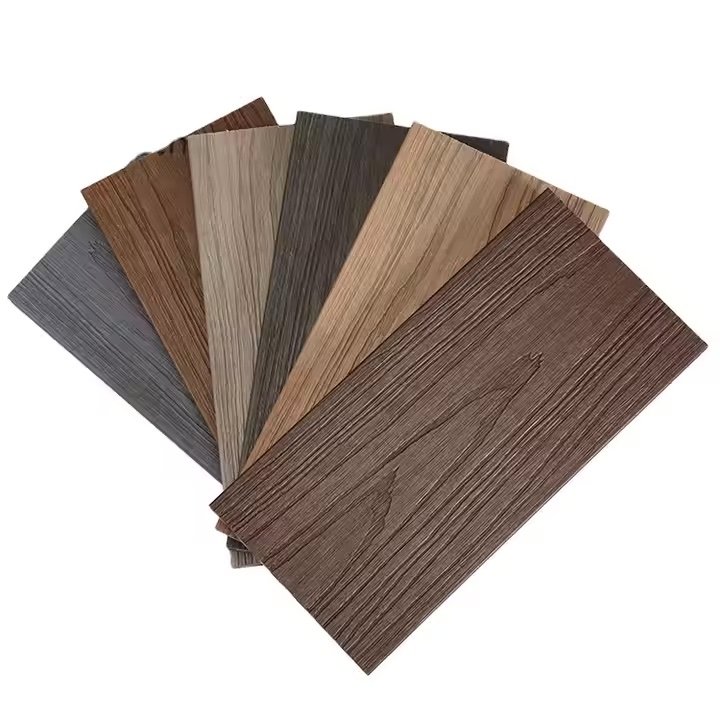
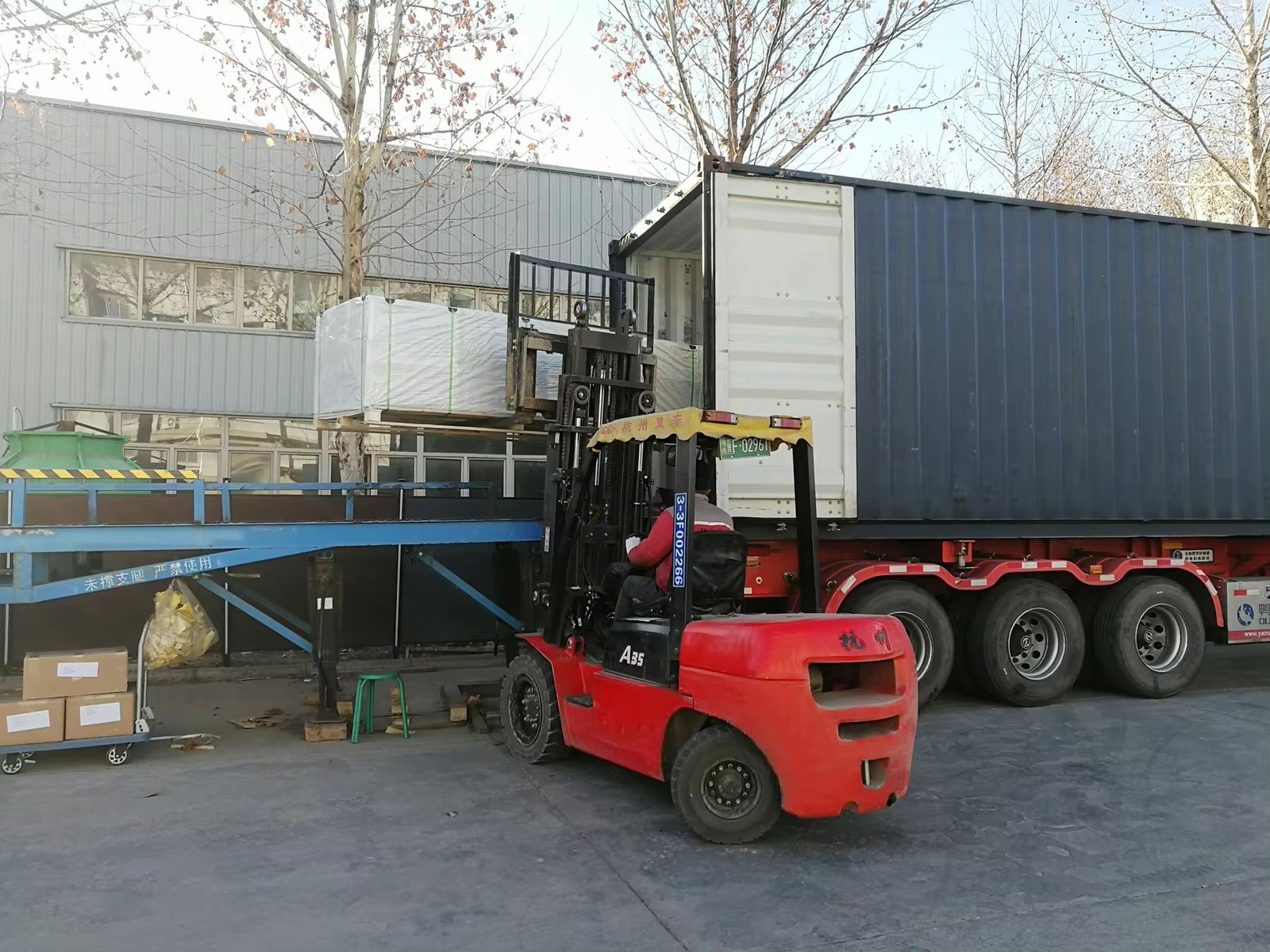
Why Choose Plastory?
Baoding Plastory New Materials Co., Ltd. is a manufacturer of decorative materials with over 9 years of experience and 56 separate production lines.
Currently, our annual production exceeds 30,000 tons, with products exported to more than 50 countries worldwide.
Plastory is the drafting unit of the WPC National Standards and has obtained certifications such as REACH, ASTM, CE, and FSC. Plastory is dedicated to maintaining consistent quality, focusing on details, and prioritizing customer satisfaction.
Our factory is located in Baoding, Hebei Province, China, with a prime location and convenient transportation access. Baoding is approximately a 1.5-hour drive from Beijing Capital International Airport and just 2 hours away from Tianjin Port, making it easy for global clients to visit and facilitating efficient shipping of goods. Our facility spans a large area, equipped with advanced production equipment and modern testing facilities to ensure that every batch of products meets the highest quality standards.
We warmly welcome clients from around the world to visit our factory, where you can see our production processes firsthand and experience our product quality. Please feel free to reach out to us—we are committed to providing you with the best products and services.
Kindly get in touch with us to request a product catalogue.

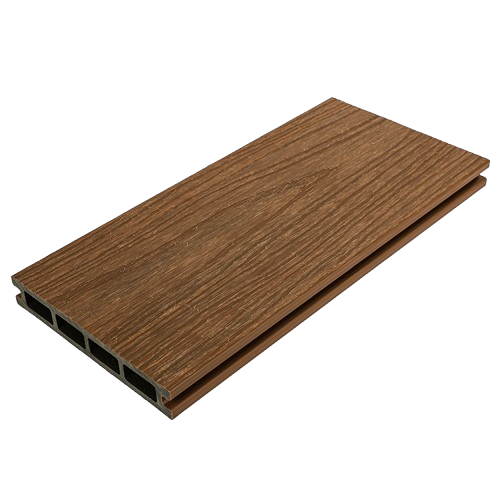
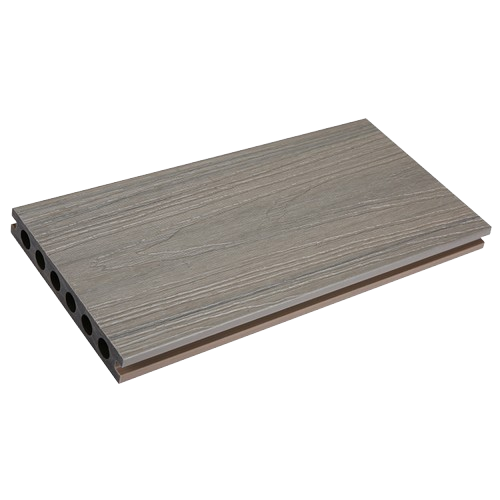
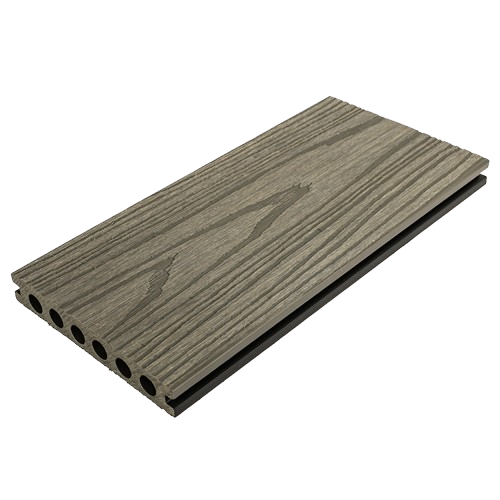
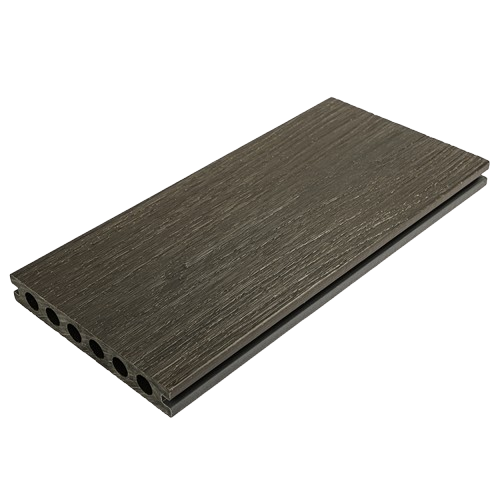
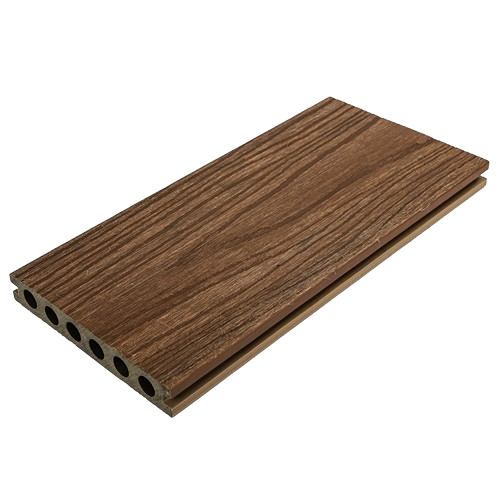
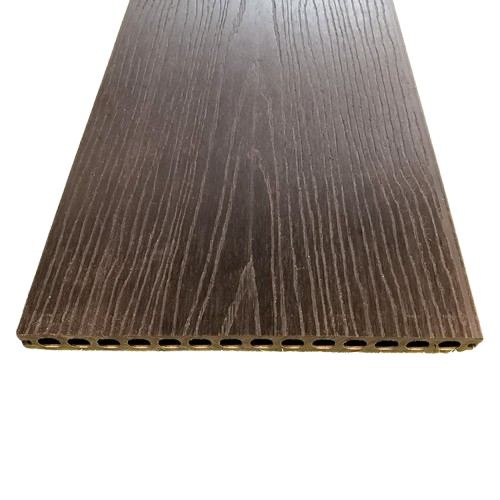
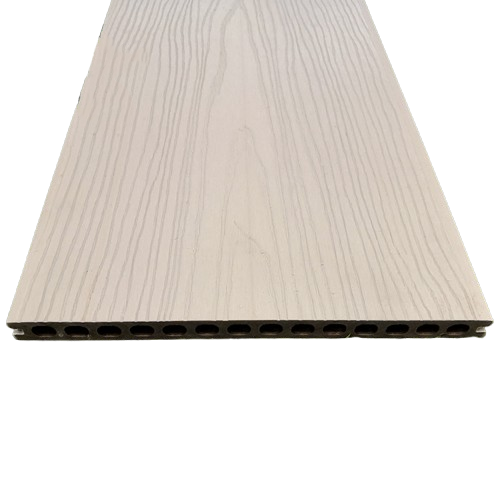
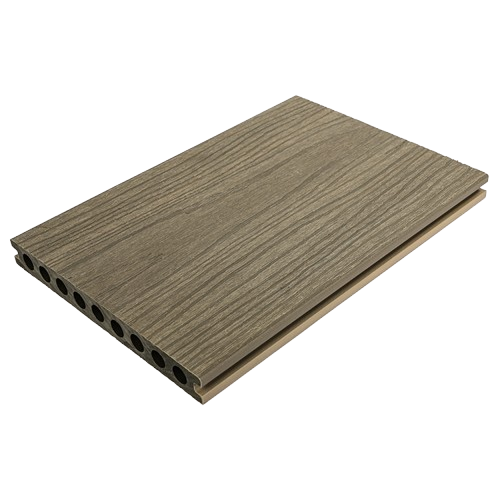
Reviews
There are no reviews yet.